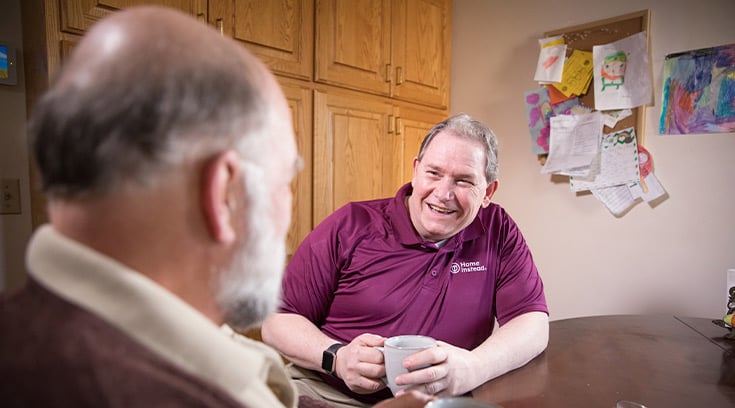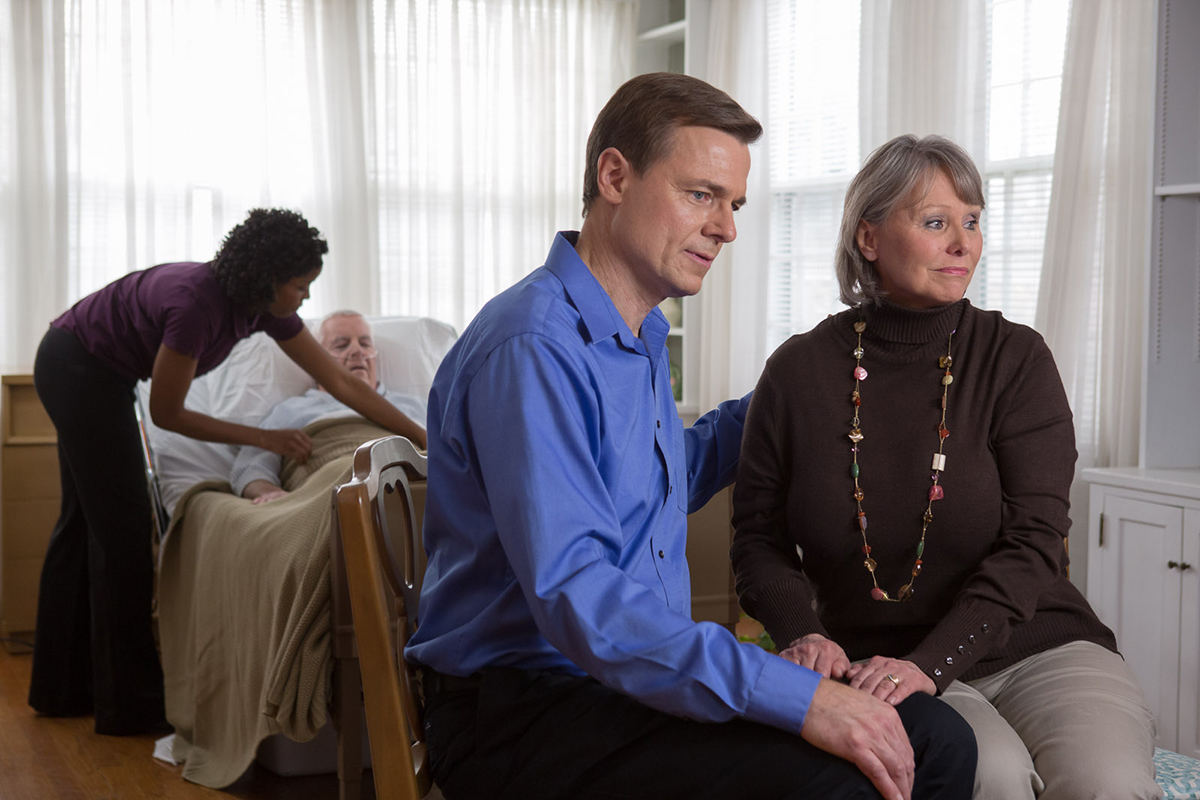Few subjects elicit the kind of confusion as do end-of-life planning and hospice care. Clearing up the misconceptions surrounding final days and years could pave the way for living well throughout our entire lives. Recognizing the myths also can help put adult children and grandchildren in tune with how their loved ones want to live to the end.
Following, from Home Instead® and Dr. Julie Masters, chair of the Department of Gerontology at the University of Nebraska at Omaha, are five common misconceptions.
- I’ll think about it tomorrow! It can be easy to justify procrastination when it comes to final years planning. Among North American older adults who have not made final years arrangements, 54 percent say it’s because they are still in good health and 48 percent say they trust their loved ones to handle their arrangements, according to research conducted by Home Instead, Inc., franchisor of the Home Instead network.
- It’s best to avoid uncomfortable end-of-life conversations. Putting off the inevitable won’t change the outcome, Masters pointed out. “People may be missing out on meaningful – and necessary – conversations with their loved ones. It’s usually the adult child who doesn’t want to talk about it, not the older adult. It’s hard for a child to envision what life would be like without a parent so they avoid thinking or talking about it,” Masters said. However, 87 percent of older adults in the survey conducted by Home Instead, Inc. say discussing plans for their final years made them feel closer to their adult children. Download An Action Plan for Successful Aging to learn more about how to begin important conversations and develop a successful plan for the final years.
- Developing an end-of-life plan is a one-time event. So you have a will, advance directives and a care plan in place. You’re feeling good, and you should be. “But end-of-life plans are not one-time events,” Masters said. “Documents should be fluid. Revise periodically, for instance, at age 50, 80, 90, etc. Regularly have conversations with financial planners and doctors as well as family members.”
- You shouldn’t engage hospice services until death is imminent. End-of-life care often leads to hospice, but that doesn’t mean families should wait until the end to arrange for hospice care. Hospice is generally for a person with a prognosis of six months or less to live, but those on hospice can live longer and will benefit from this special care, which focuses on comfort and quality of life, rather than cure. The goal is to enable patients to be comfortable and free of pain, so that they live each day as fully as possible. It’s important to ask a doctor or care community staff the right questions about whether a loved one could benefit from hospice care. Hospice care is more expensive. If fear of cost is influencing end-of-life decisions, the truth about hospice is that it may be more affordable than you think. Studies have shown hospice care to be less expensive than conventional care during the last six months of life. Less high-cost technology is used, and family, friends and volunteers provide most of the day-to-day patient care at home.
Working through the myths and misconceptions of final years’ decisions can empower family caregivers to help their loved ones make choices, and even put their own plans in place for the benefit of their children.
Personalized Senior Care





